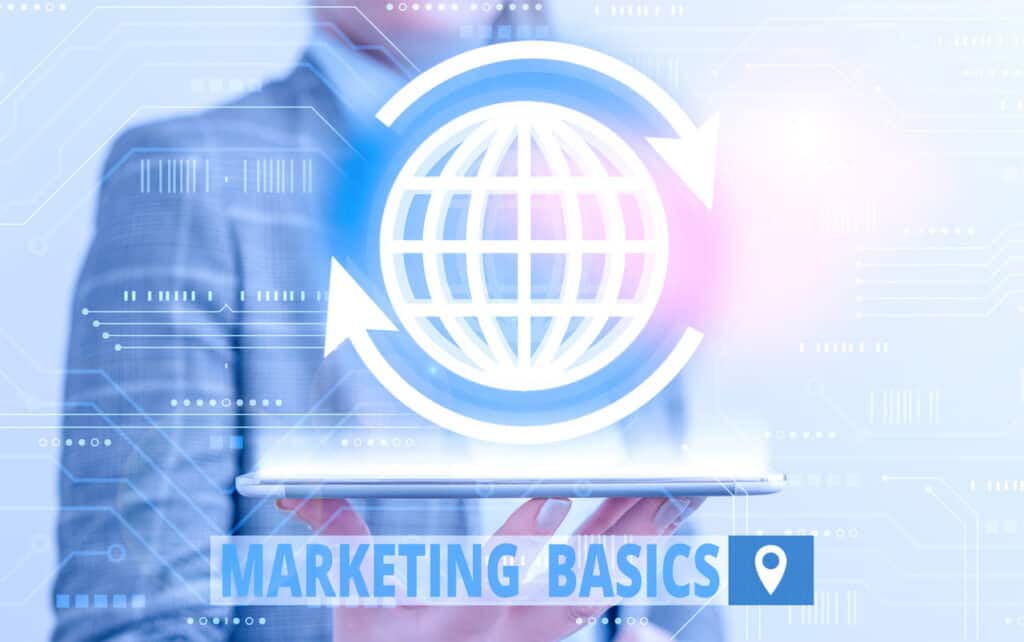Sales teams working in the field encounter various challenges that can hinder their success. From navigating tough negotiations to dealing with rejection, field sales professionals face unique obstacles.
In this blog post, we will explore common field sales challenges and provide practical strategies to overcome them effectively. By understanding these hurdles and implementing the suggested solutions, you can empower your sales team to achieve their targets and drive business growth.
- Key Takeaways:
- Understand the buyer’s needs
- Use technology to streamline processes
- Build strong relationships
- Continuous training and development
- Effective communication
- Set clear goals and metrics
- Embrace a positive attitude and resilience
Challenge 1: Difficulty in Accessing Decision-Makers
This challenge arises when sales reps struggle to reach or influence key stakeholders who have the power to make purchasing decisions.
Without access to decision-makers, sales cycles may prolong and opportunities can be lost, potentially leading to reduced sales efficiency and effectiveness.
To address this obstacle, sales teams need tailored strategies to better connect with these pivotal contacts.
- Identify Key Influencers: Research and identify the key influencers within a target company who can help you gain access to decision-makers.
- Network Expansion: Attend industry events and use professional networking platforms to connect with potential decision-makers.
- Referral Programs: Implement referral programs that encourage current customers to introduce your team to potential decision-makers.
- Value Proposition Customization: Tailor your communications to highlight specific solutions that meet the unique needs of the business or decision-maker.
- Consistent Follow-Up: Maintain regular, strategic follow-ups to build credibility and trust that can pave the way to securing a meeting.
Overcoming this challenge ensures more effective pitching, quicker sales cycles, and increased chances of closing deals.
Challenge 2: Long Sales Cycles
These involve extended periods from initial contact to closing a sale, common in B2B environments.
Extended sales cycles tie up resources and delay revenue recognition, which can strain budgets and reduce the agility of a sales force.
Streamlining the sales process and nurturing leads efficiently are crucial for reducing cycle lengths.
- Enhance Lead Qualification: Implement stringent lead qualification criteria to focus efforts on high-potential leads.
- Customer Education: Provide detailed information and education to prospects about your products/services to accelerate their purchase decision.
- Relationship Building: Invest time in building strong relationships with prospects to foster trust and speed up the sales process.
- Sales Process Optimization: Analyze and refine the sales process to remove bottlenecks and improve efficiency.
- Technology Utilization: Use CRM and automation tools to speed up data handling and follow-up processes.
Reducing the length of sales cycles allows for quicker revenue generation and higher team morale due to more frequent successes.
Challenge 3: Intense Competition
This challenge occurs when multiple companies vie for the same customers within the same market space.
Intense competition can lead to margin compression, lost sales, and the need for continuous differentiation to capture market share.
Staying ahead requires innovation, understanding market dynamics, and continuously improving the value offered.
- Unique Selling Proposition (USP) Development: Clearly define and communicate what sets your product apart from competitors.
- Competitive Analysis: Regularly perform SWOT analyses to understand competitors’ strengths and weaknesses.
- Customer Feedback Loop: Incorporate customer feedback to continuously improve product offerings and customer service.
- Dynamic Pricing Strategies: Adjust pricing strategies based on market conditions and competitive pressures.
- Marketing and Branding: Strengthen branding efforts to establish a recognizable and trusted presence in the market.
Effectively managing competition can lead to greater market share, enhanced customer loyalty, and increased profitability.
Challenge 4: Inconsistent Lead Quality
This refers to receiving leads that vary greatly in their likelihood to convert into sales, often due to poor targeting or qualification.
Low-quality leads waste resources and can demotivate sales teams, impacting overall performance and effectiveness.
Improving lead quality is essential for efficient use of resources and achieving better sales outcomes.
- Improved Targeting: Use data analytics to refine target demographics and better align with potential high-value customers.
- Lead Scoring Models: Develop and implement lead scoring models to prioritize follow-up based on conversion probability.
- Stronger Lead Qualification: Train sales teams to better qualify leads during initial interactions.
- Feedback Mechanisms: Establish a feedback loop between marketing and sales teams to continuously improve lead generation strategies.
- Marketing-Sales Alignment: Ensure close collaboration between marketing and sales teams to create a unified approach to lead generation.
Significance: Enhancing lead quality boosts conversion rates, optimizes resource allocation, and increases sales efficiency.
Challenge 5: Poor Lead Generation Strategies
This challenge reflects ineffective or outdated approaches in attracting potential customers, resulting in low lead volumes.
Inadequate lead generation can stall the sales pipeline, limiting growth opportunities and reducing market penetration.
Revamping lead generation tactics is crucial to fuel the sales pipeline with high-quality leads.
- Content Marketing: Develop and distribute valuable content that attracts and engages the target audience.
- Social Media Engagement: Utilize social media platforms to reach broader audiences and generate interest through targeted campaigns.
- Referral Enhancements: Enhance existing referral programs to encourage more active participation from current clients.
- Partnership and Alliances: Form strategic partnerships with complementary businesses to tap into new customer bases.
- SEO Optimization: Invest in SEO to improve visibility in search engine results, driving organic lead generation.
Effective lead generation strategies ensure a steady influx of potential customers, vital for sustained business growth.
Challenge 6: Ineffective Communication Within the Team
This refers to poor information flow between team members, which can lead to misaligned goals and inefficient operations.
Lack of coordination can result in missed opportunities and inconsistencies in customer interaction, damaging the brand’s reputation.
Enhancing internal communication is essential for aligning team efforts and optimizing sales outcomes.
- Regular Meetings: Hold regular meetings to ensure all team members are on the same page and aware of ongoing initiatives.
- Communication Tools: Implement advanced communication tools to facilitate seamless information sharing among team members.
- Training Programs: Conduct training sessions to improve communication skills and team collaboration.
- Clear Role Definitions: Clearly define roles and responsibilities to avoid overlaps and ensure efficient task management.
- Feedback Culture: Encourage a culture of open feedback to continuously improve team dynamics and effectiveness.
Effective team communication ensures coordinated efforts, which are critical for maximizing sales performance and enhancing customer experiences.
Challenge 7: Inadequate Training for Sales Reps
This challenge occurs when sales representatives are not properly equipped with the skills and knowledge required to succeed in their roles.
Untrained sales reps may struggle with engagement strategies, product knowledge, and closing techniques, leading to lower conversion rates and customer satisfaction.
Investing in comprehensive training programs is key to empowering sales teams and enhancing their productivity.
- Product Training: Provide detailed training on product features, benefits, and competitive advantages.
- Sales Techniques: Offer regular training in advanced sales techniques, negotiation skills, and relationship management.
- Technology Adoption: Train staff on CRM and other sales tools to enhance efficiency and data utilization.
- Market Trends Education: Keep the sales team updated on industry trends and customer preferences to tailor their approaches effectively.
- Performance Review: Implement a regular performance review system that includes constructive feedback and personal development plans.
Well-trained sales representatives are more effective and confident, directly contributing to higher sales productivity and better customer relationships.

Final Thoughts | Boost Your Field Sales Success
Field sales teams face several challenges, but with the right strategies and tools, these can be overcome.
Issues like poor visibility, ineffective communication, and inefficient lead management can significantly hinder performance. However, by equipping teams with thorough training, advanced technologies, and consistent support, these problems can be addressed effectively.
Investing in quality field sales management software is crucial. It streamlines your operations, improves communication, and helps manage leads more efficiently. This approach not only helps your team meet their targets but also surpass them.
Upgrade your sales strategy and see your organization achieve great results. Act now to empower your field sales team and drive success!







